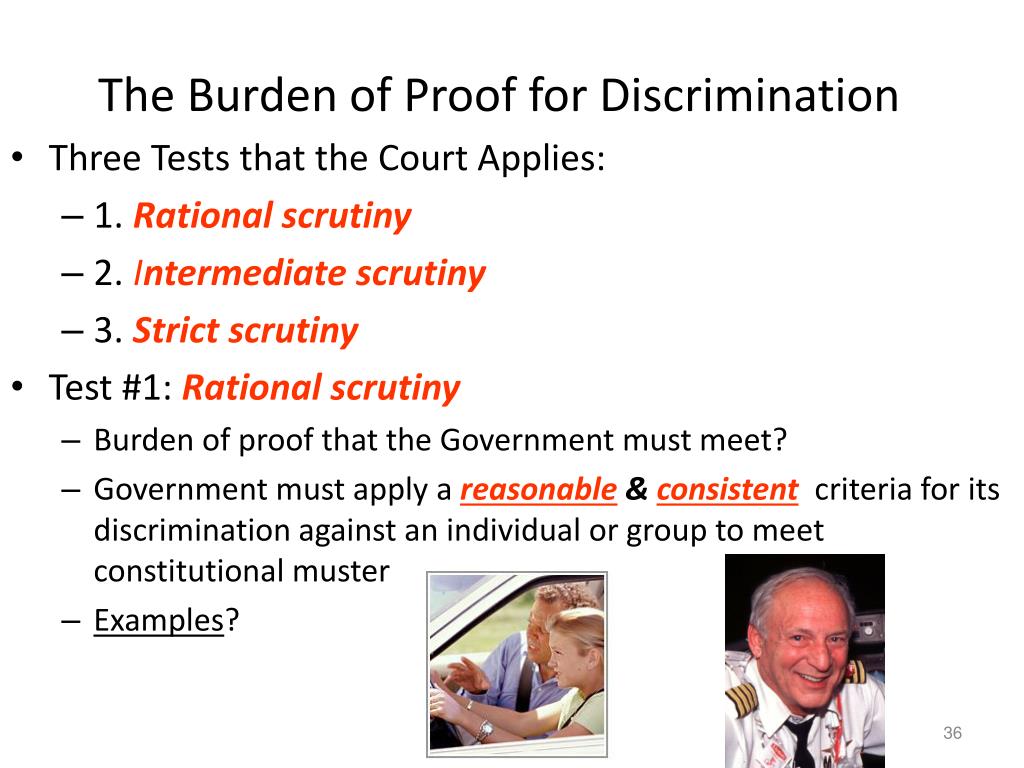

The test will be met even if there is another method that is equally the least restrictive.

That is, there cannot be a less restrictive way to effectively achieve the compelling government interest.
Strict scrutiny how to#
While the Courts have never clearly defined how to determine if an interest is compelling, the concept generally refers to something necessary or crucial. The result is uncertainty and sometimes confusion about which version the U.S. There are at least three identifiable versions of strict scrutiny, all subsumed under the same label. To pass strict scrutiny, the law or policy must satisfy three tests: Although strict scrutiny is widely assumed to be strict in theory, but fatal in fact, judicial practice in applying it has been complex, even conflicted. courts apply the strict scrutiny standard in two contexts: when a fundamental constitutional right is infringed, particularly those found in the Bill of Rights and those the court has deemed a fundamental right protected by the Due Process Clause or "liberty clause" of the 14th Amendment, or when a government action applies to a " suspect classification," such as race or national origin. In Korematsu the Court upheld the government ruling 6-3 that the need to protect the country from espionage outweighed the rights of Mr. The first and most notable case in which the Supreme Court applied the strict scrutiny standard and found the government's actions valid was Korematsu v. Strict scrutiny review requires that the law or policy being challenged supports a compelling. Courts use strict scrutiny to examine a laws. The most demanding standard of judicial review used by courts. Hence even supposing that Jim Crow laws were popular among Americans, the judiciary’s function was to be a counterweight to such popular sentiment. Strict scrutiny is a legal term that describes the careful evaluation of laws to make sure theyre constitutional.

Strict scrutiny series#
(1938), one of a series of decisions testing the constitutionality of New Deal legislation. Strict scrutiny demands that the courts disregard any such popular opinion and determine for themselves whether such a law is the narrowly tailored response to a compelling need. The idea of "levels of judicial scrutiny", including strict scrutiny, was introduced in United States v. These standards are used to test statutes and government action at all levels of government within the United States. The lesser standards are rational basis review and exacting or intermediate scrutiny. It is part of the hierarchy of standards that courts use to weigh the government's interest against a constitutional right or principle. Strict scrutiny is the most stringent standard of judicial review used by United States courts.


 0 kommentar(er)
0 kommentar(er)
